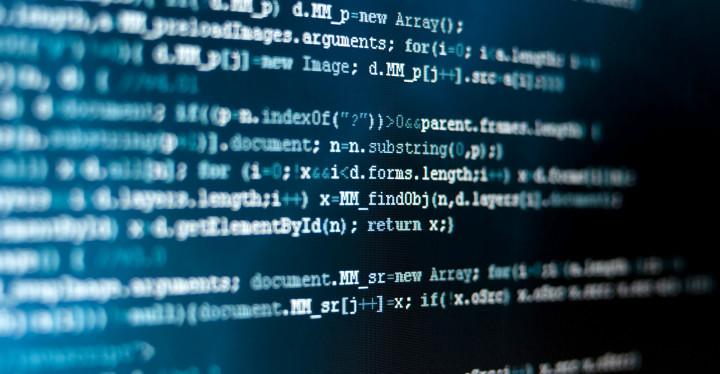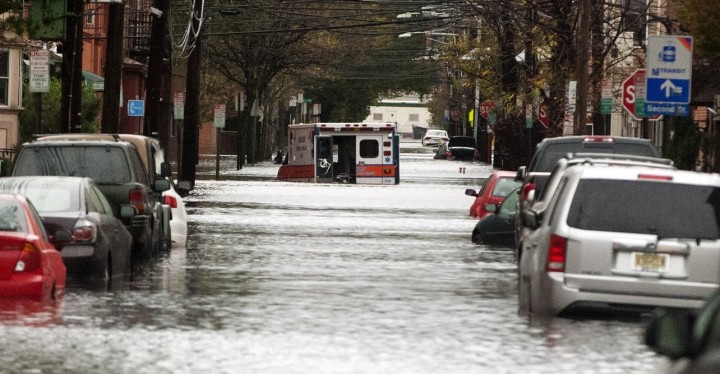What do VRRP1, FEMA ICS-4002, and IEEE 379-20143 have in common? They are all standards designed to mitigate some kind of emergency/failover situation. Technology plays a key role in our lives whether it means becoming more efficient at our jobs, allowing us to communicate with family members across the world, or simply using it for entertainment. Have you ever stopped to think of all that is involved in making this work? For instance, where does the electricity come from? How is it made? How does it make it to my device? Without this single element, all the great software in the world on your expensive device would not work. This really comes into perspective once you have been in a disaster situation.
Now, lets consider the emergency situation occurs, then what? Do standards have a role to play? Naturally, the answer is a resounding yes! In the last century, as we have learned to depend more on technology, standards have been introduced to help us sustain the life style we have become accustomed to. A classic story that shows the importance of standards during emergency responses is the great Baltimore Fire of 19044. The level of response to put out the fire was great by the adjoining cities (i.e., sending their firefighters and firefighting equipment). Unfortunately, there was one problem: none of the out of town equipment would work with Baltimore hydrants. From this experience, the first early national standards started to appear to make sure all hydrants had the same type of standard connection for hose couplings.
The Baltimore fire is just an example of how the needs for standards have been born. When we speak of natural disaster preparedness, we are really narrowing ourselves to only a small segment of emergency responses. By forcing ourselves to think in the broader terms of business continuity, it allows you to grasp situations you would normally not consider that are very elemental and disruptive (e.g., a substation equipment failure; a burst water pipe; an electromagnetic pulse (EMP)). These are all man-made situations that take us down the same road of emergency response. By forcing ourselves to think of these events and coming up with standards (technological or procedural) will allow us to mitigate these occurrences. In other arenas, engineers have tried to foresee and prevent similar situations. For example, in the event of radio system aircraft failure, the procedure to land safely and communicate between tower and the pilots of the aircraft is through color-coded flashing lights that have been standardized to mean something specific across the world.
Having lived through Katrina and experienced the emergency response to such a large-scale natural disaster, it really put standards into perspective as how vital their role is. In the aftermath of the storm, the Louisiana State University (LSU) Office of Telecommunications had little time to react and prepare for a response so quickly. Literally, overnight, because we produced our own electricity, had hardened communications systems (i.e., IP networks and old analog radio systems), and a “standard” for responding to blackouts, we became the center of operations for the entire response. Having a set of known standards as a basis ensured the timely, coordinated, and effortless response to properly setup functioning telecommunication systems for our operation and those required for the government response team. Communication systems were key to improving and savings lives.
It is uncanny to think of the similarities and parallels between living through an emergency situation and living in a third world country. For example, how do you provide disease diagnosis when no lab equipment is available? If you can develop a standard, portable lab that can aid in such a task, you just helped solve a very important riddle. For those researchers out there, instead of waiting for the disaster to happen, third world countries provide a perfect test bed. The added benefit is that you are improving human lives as well – a rarely thought of byproduct of creating and using standards.
Standards also bridge the gap between technology and different sectors of society. A great example of standards fostering a sense of community is the Santa Clara County emergency response system in California: Civil Air Patrol (CAP) with their eyes from the air, the local ham radios operators with their ears over the radios waves, and the county government agencies ensuring the safety of everyone. The underlying glue for this to happen are the standards that allow ham operators to talk to each other; the semiconductor business that allowed the creation of components in the airplane and radio systems; and the “standard” steps in place between government agencies and society groups to respond to situations (e.g., earthquakes). Another example of technological standards helping others in time of need is NetHope5 –telecommunication professionals come together to put the standards (e.g., IEEE 802) they know and love to good use.
As we have briefly reviewed, standards show up in all shapes and sizes. Whether it is on the technology front in the way we make things, or the procedures we follow to communicate and coordinate tasks between humans, they play a key role to ensuring our survival in mitigating the gravity of a situation. Students, researchers, and hobbyists, next time you are working on a project, remember to include standards in your ventures. They will help make your project more robust and meaningful. If a standard is not available in your line of work, help drive and create one. Who knows, your standard may help save a life one day. And remember, standards are key in ensuring human survival.
References
- Virtual Router Redundancy Protocol (VRRP)
- FEMA Incident Command System (ICS) Classes
- 379-2014 – IEEE Standard for Application of the Single-Failure Criterion to Nuclear Power Generating Station Safety Systems
- Baltimore Fire of 1904
- NetHope

Jeffry Handal
Consulting Systems Engineer, Cisco Systems
jhandal@ieee.org
Jeffry Handal is a Consulting Systems Engineer at Cisco Systems for the Cloud Networking Group. He received a B.S. in Electrical Engineering graduating Summa Cum Laude in 2003 from LSU, and completed graduate school studies working on a NASA flight safety program. In 2005, he graduated with an M.S. in Electrical Engineering concentrating on Systems Engineering from LSU. He passed the PE exam in 2008. Jeffry became an IEEE volunteer in 2006 and has since served in numerous roles. He has collaborated in many IEEE and Internet2 committees. Currently, he is a standing member of the IEEE Standards Education Committee.




